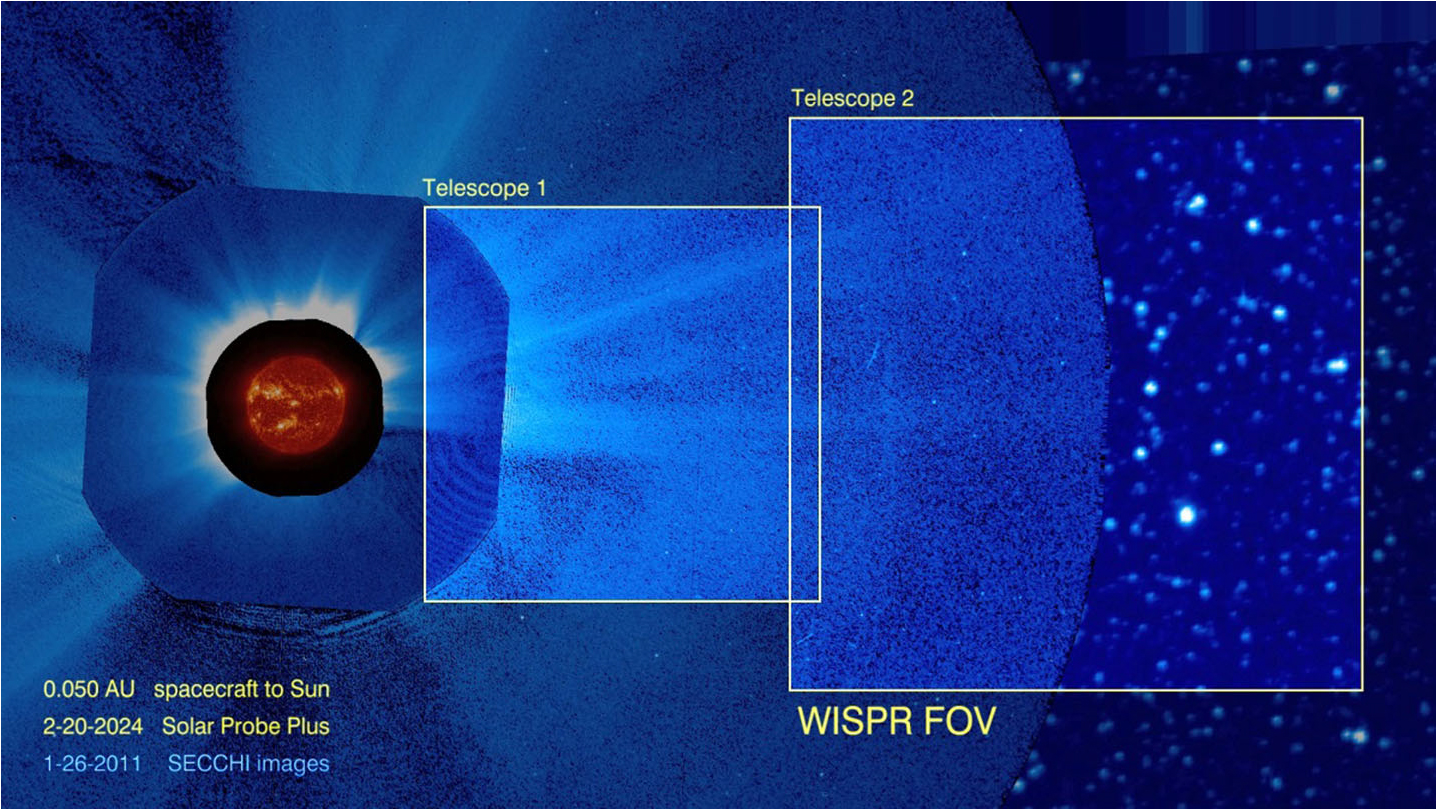Parker Solar Probe Mission
The Parker Solar Probe (PSP) mission is the most ambitious robotic mission to be implemented by NASA. PSP will fly to within 8.86 solar radii (Rs) above the solar surface making it mankind’s first object to enter a star’s atmosphere. This is not the only unique aspect of the PSP mission. It will obtain its first observations from 35 Rs, already uncharted territory, within just three months from launch. The 7-year prime phase of the mission includes not just one but three close perihelion passages at 9.86 Rs from the center of the Sun. The probe will swing from 0.25 AU, the start of the observing period, to perihelion in less than five days, enabling observations from rapidly varying heliocentric distances and viewpoints. Its orbit will, at times, bring PSP to within a few million km from Mercury, Venus, and probably sungrazing comets. The spacecraft carries three instruments for in-situ measurements of particles and fields: the Electromagnetic Fields Investigation (FIELDS; Bale et al. 2014); the SolarWind Electrons, Alphas, and Protons (SWEAP; Kasper et al. 2014); the Integrated Science Investigation of the Sun Energetic Particle Instruments (ISIS-EPI; McComas et al. 2014). The fourth instrument is the Wide-field Imager for parker Solar PRobe (WISPR), a heliospheric imager to provide the large-scale context of the structures encountered by the in-situ instruments, which we proceed to describe next. More details about the mission design, science objectives and implementation can be found in Fox et al. (2014).

